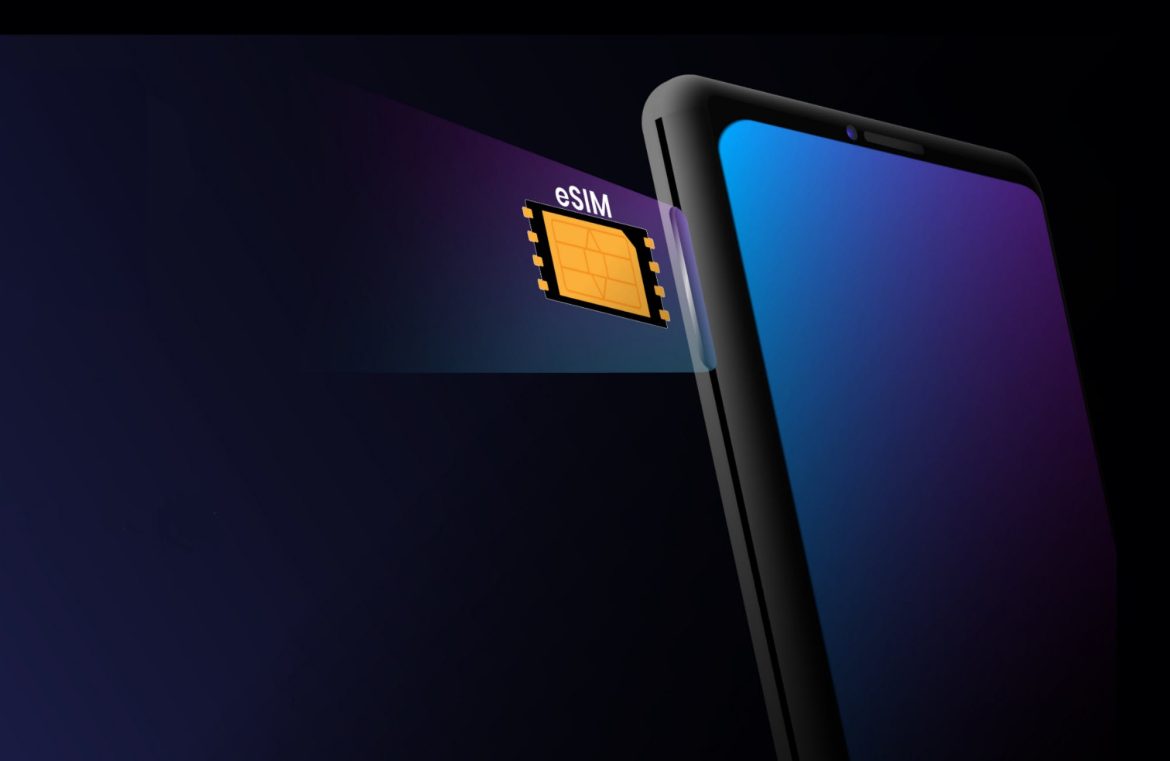The advent of eSIM technology has transformed the landscape of telecommunications, providing a more flexible and efficient solution compared to traditional SIM cards. Understanding the key components that makeup eSIM cards is essential to grasp the technology’s significance. In this article, we will delve into the inner workings of eSIM cards, and explore the key components that enable their seamless functionality through Bytesim company.
Embedded Secure Element
At the core of eSIM cards lies the Embedded Secure Element, a secure microprocessor responsible for storing and managing sensitive information, such as authentication keys and subscriber profiles. This secure element ensures the integrity and confidentiality of the data stored on the eSIM. Its embedded nature enhances security, making it more resistant to physical tampering or unauthorized access compared to traditional SIM cards.
Subscriber Identity Module Application
Similar to traditional SIM cards, eSIMs contain a Subscriber Identity Module application. This application stores crucial information, including the International Mobile Subscriber Identity, authentication keys, and other subscriber-specific details. The SIM application is a virtual representation of the physical SIM card and is securely managed within the eSE.
Remote Provisioning Platform
One of the distinctive features of eSIM technology is its ability to be remotely provisioned. This is made possible by a Remote Provisioning Platform, a critical component that facilitates the over-the-air provisioning of subscription profiles onto the eSIM. Mobile network operators use this platform to remotely manage and update subscriber information, enabling a seamless transition between different carriers without the need for physical SIM card changes.
Mobile Network Operator Profiles
eSIM cards support multiple Mobile Network Operator profiles, allowing users to switch between different carriers without the need for a physical SIM card swap. These profiles are securely stored within the eSIM’s memory and can be activated or deactivated remotely. This flexibility provides users with the freedom to choose and switch between carriers, making eSIMs an ideal solution for those who frequently travel or desire the convenience of exploring different service providers.
Authentication and Encryption Mechanisms
Security is paramount in telecommunications, and eSIM cards incorporate robust authentication and encryption mechanisms to safeguard user data. The eSE employs advanced cryptographic algorithms to authenticate the eSIM to the network and establish a secure communication channel. This ensures that sensitive information, such as user credentials and communication data, is protected against unauthorized access or interception.
GSMA Standards Compliance
The Global System for Mobile Communications Association has established standards for eSIM technology to ensure interoperability and consistent functionality across different devices and networks. Compliance with GSMA standards is a key component of eSIM cards, promoting a standardized approach that benefits manufacturers, service providers, and end-users alike. This adherence to standards enhances the compatibility of eSIM-enabled devices and fosters a more seamless user experience.
Embedded Profile Information
The eSIM card contains embedded profile information, which includes details about the mobile subscription, such as the IMSI, authentication keys, and network-specific configurations. This information is securely stored within the eSE and can be updated or modified remotely by the mobile network operator. The embedded profile information is crucial for the eSIM to establish a secure and authenticated connection to the mobile network.
Conclusion
In conclusion, eSIM cards are a culmination of advanced technologies and key components working harmoniously to redefine the way we connect and communicate. The embedded secure element, SIM application, remote provisioning platform, MNO profiles, authentication and encryption mechanisms, GSMA standards compliance, and embedded profile information collectively contribute to the seamless functionality and enhanced security of eSIM cards.
